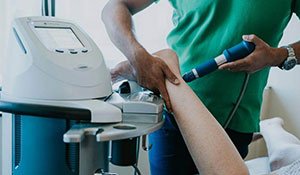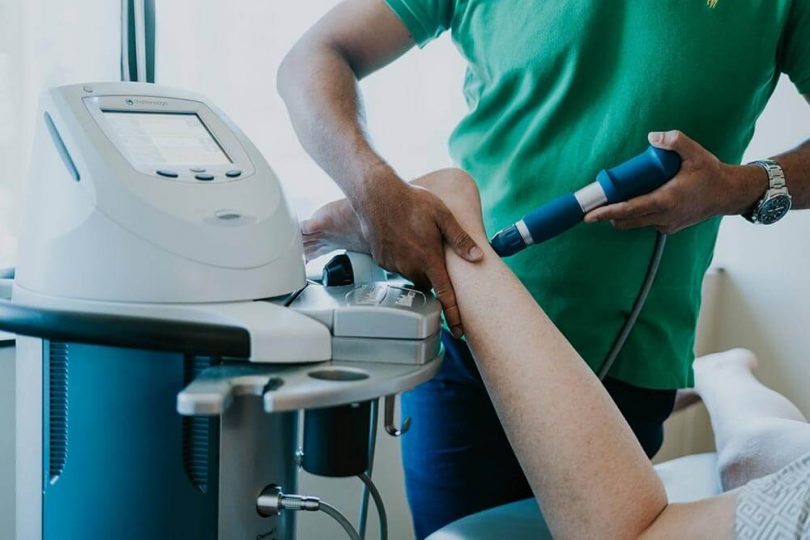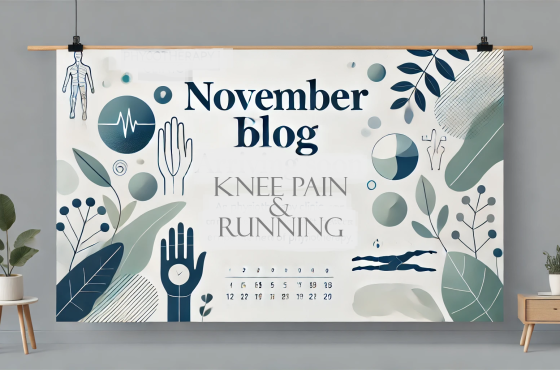What is Tendinopathy?
Exploring Tendinopathy: Causes, Treatment, and Insights from Physiotherapy Association of Canada
Tendinopathy, a condition characterized by pain, swelling, and impaired function of a tendon. It is a prevalent musculoskeletal disorder that affects individuals of all ages and activity levels. From athletes to office workers, this condition can significantly impact daily life and performance. Let’s delve into this condition, exploring its causes, treatment options, and insights provided by the Physiotherapy Association of Canada.

Understanding Tendinopathy
Tendons are tough, flexible bands of fibrous tissue that connect muscles to bones. Tendinopathy occurs when there is damage or degeneration within a tendon, often resulting from overuse, repetitive strain, or sudden increases in activity level. While this condition can affect any tendon in the body, it commonly occurs in the Achilles tendon, rotator cuff, patellar, and elbow tendons such as the tennis elbow or golfer’s elbow. Factors such as age, biomechanics, poor posture, and inadequate warm-up or cool-down routines can also contribute to the development of this condition.
Treatment Approaches for Tendinopathy
The management of tendinopathy typically involves a multifaceted approach aimed at reducing pain, promoting healing, and restoring function. Physiotherapy plays a crucial role in the treatment of this condition, offering various interventions tailored to the individual’s specific needs. According to the Physiotherapy Association of Canada, exercise therapy is a cornerstone of tendinopathy management. This may include eccentric strengthening exercises, stretching, and gradual loading of the affected tendon to stimulate tissue repair and remodeling. Additionally, modalities such as ultrasound, laser therapy, or shockwave therapy may be utilized to complement exercise therapy and alleviate pain. In some cases, manual therapy techniques such as soft tissue mobilization or joint mobilization may be employed to improve tissue mobility and reduce muscle tension around the affected tendon.

Rehabilitation and Prevention
Successful rehabilitation of tendinopathy requires patience, consistency, and adherence to a structured exercise program. The Physiotherapy Association of Canada emphasizes the importance of progressive loading and gradual return to activity to avoid exacerbating symptoms or causing further damage to the tendon. Additionally, addressing contributing factors such as biomechanical abnormalities, training errors, or inadequate equipment can help prevent recurrence of tendinopathy. Engaging in proper warm-up and cool-down routines, maintaining adequate hydration, and incorporating cross-training activities can also reduce the risk of developing tendinopathy.
In conclusion, tendinopathy is a common and potentially debilitating condition that can affect individuals across various age groups and activity levels. By understanding its causes, implementing appropriate treatment strategies, and following guidance from physiotherapist, individuals can effectively manage tendinopathy and return to pain-free movement and activity.




